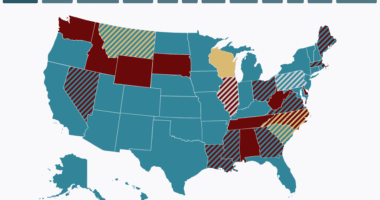New Civil Rights Data Collection Shows Students of Color Are Being Systematically Pushed Out
Twice as likely — this phrase can have either good or bad connotations. In the case of new data released by the United States Department of Education’s Office for Civil Rights, we find that “twice as likely” too often means students of color are being systematically underserved and over-excluded across this country — from advanced courses, and from school in general.
For example:
White students are twice as likely to be “allowed in.” They are twice as likely to be enrolled in algebra in eighth grade as their Black and Latino peers.
Meanwhile, Black and Latino students are twice as likely to be “pushed out.” Black and Latino boys are twice as likely to be suspended from school altogether. And Black and Latino girls are three times as likely to be suspended.
That’s not surprising. According to our recent Funding Gaps report, the U.S. spends dramatically less per student in districts serving high concentrations of students of color: $1,800/student less each year. That kind of money adds up fast. A district with 5,000 students — mostly students of color — could use that $9 million each year to help pay for, say, math teachers, math tutoring, and data systems to ensure students of color are ready for, enrolled, and succeed in algebra in eighth grade. Or those funds could pay for school counselors, social workers, and psychologists to help mitigate the need for out-of-school suspensions, and for implicit bias training for teachers and educators to help avoid disproportionate discipline practices.
When we allocate resources inequitably — when Black and Latino students are twice as likely to be excluded from class, and from school — it shouldn’t be shocking that last month’s NAEP data show that achievement gaps persist. What else would you expect? Opportunity gaps lead to achievement gaps, and this CRDC data clearly shows that students of color are not being given opportunities that their White peers have.









